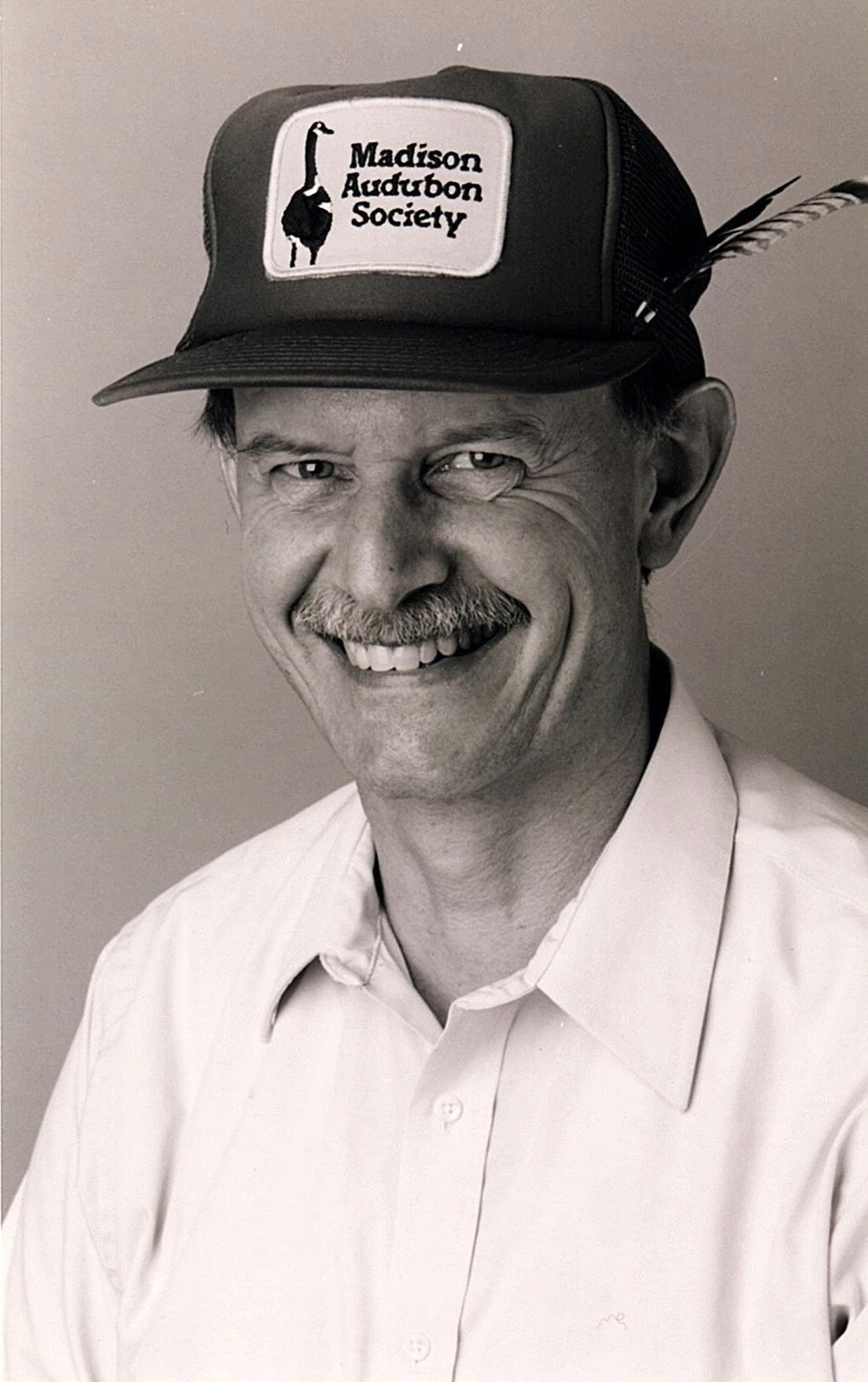So tell us a little about your background and how you first got involved in birding.
My early interest in birds came frome eating breakfast with a view of bird feeders that my older brother Ken maintained in our backyard. By the time I was in high school, he and I were going on outings to explore natural areas for birds and flowers. We visited a number of areas around Dane County and several in the Baraboo Hills and that is how we discovered Honey Creek.
Ken entered the Peace Corps about the time I left for college. During my sophomore year, I visited him in Liberia, and we traveled to East Africa where we did a lot of birding as well as enjoyed the wildlife. I returned to Grinnell College as a birder and joined an informal group of students that explored parks and green spaces around central Iowa looking for birds.
How did you come to join WSO?
It was not until about 10 years ago that I joined WSO. I had known about WSO since graduate school, but had never gotten involved. At the time I joined, I had been a board member of Madison Audubon Society and involved in organizing and leading MAS field trips for about 15 years. I was interested in what WSO did and in their tropical field trips, so I became a member. On one of the Costa Rica trips, it was mentioned that the Honey Creek Committee chair position was vacant and I was asked if I was interested.
Tell us a bit about your education.
My undergraduate degree is from Grinnell College with a major in history and a minor in biology. By the end of my junior year, I had completed most of my history courses and took a plant taxonomy course that got me interested in biology. Most of my senior year classes were in biology and I was thinking of graduate work related to field biology. Two years later, I began grad school at the University of Wisconsin-Madison in zoology to study ecology. My master's thesis was a study of Breeding Bird Communities of Northern Wisconsin Pine Forests.

What is your work?
I taught briefly at Augustana College in the Biology Department, including one ornithology class. Later, I returned to UW to pursue a law degree with an emphasis on environmental law. I was fortunate to land a position working for the Environmental Protection Agency's regional office in Chicago doing enforcement cases under the Clean Air and Clean Water Acts. However, big city life was not for me, so after a few years, I returned to Madison.
In Madison, I found work with the U.S. Department of Agriculture's Farm Service Agency. Initially, I was hired to work on a large backlog of farm bankruptcies and claims owed to FSA.
Within 10 years, I started working on foreclosure and collection cases. Although my work at FSA did not involve birds, I kept bird feeders outside my office windows and often went birding at lunch time.
How about your other interests?
In addition to birding, I really enjoy bicycling; in particular, touring. My father was an avid bicycle rider who got me involved in long day rides as a graduate student. He and I once bicycled around Lake Superior carring all our camping gear, clothing, and other equipment.
My wife and I have gone on numerous week-long bicycling trips in Maine, Florida, and Montana. This past summer, we cycled for 10 days through the Cascades in Oregon. Bicycle touring can be a great way to see the country, but, in my experience, it is not often compatible with birding.
What aspects of birding and WSO interest you the most?
I enjoy bird idenitification, but I especially enjoy observing bird behavior. I like to see how birds interact with their preferred habitat and with other birds and animals. I enjoy learning and teaching about how birds live their lives, including migration, breeding, feeding, etc. For me, birding is often the reason to get outdoors to enjoy a hike in a natural area.
With WSO, I am particularly interested in bird conservation, especially at Honey Creek. As chair of Honey Creek, I have worked on controlling non-native invasive plants, particularly garlic mustard.
I secured a Land Improvement Program (LIP) grant from the DNR to hire a land management team to control garlic mustard each spring and fall for three years. With the help of volunteer work parties, the boardwalks over muddy sections of the main trail have been repaired and expanded. The Cox Nature Center is now clean and features new informational signs. The most recent major improvement is the two signs along the boardwalk near the entrance to the trail.
I really want to thank all of those who have helped at Honey Creek over the last few years in making these improvements a reality.

